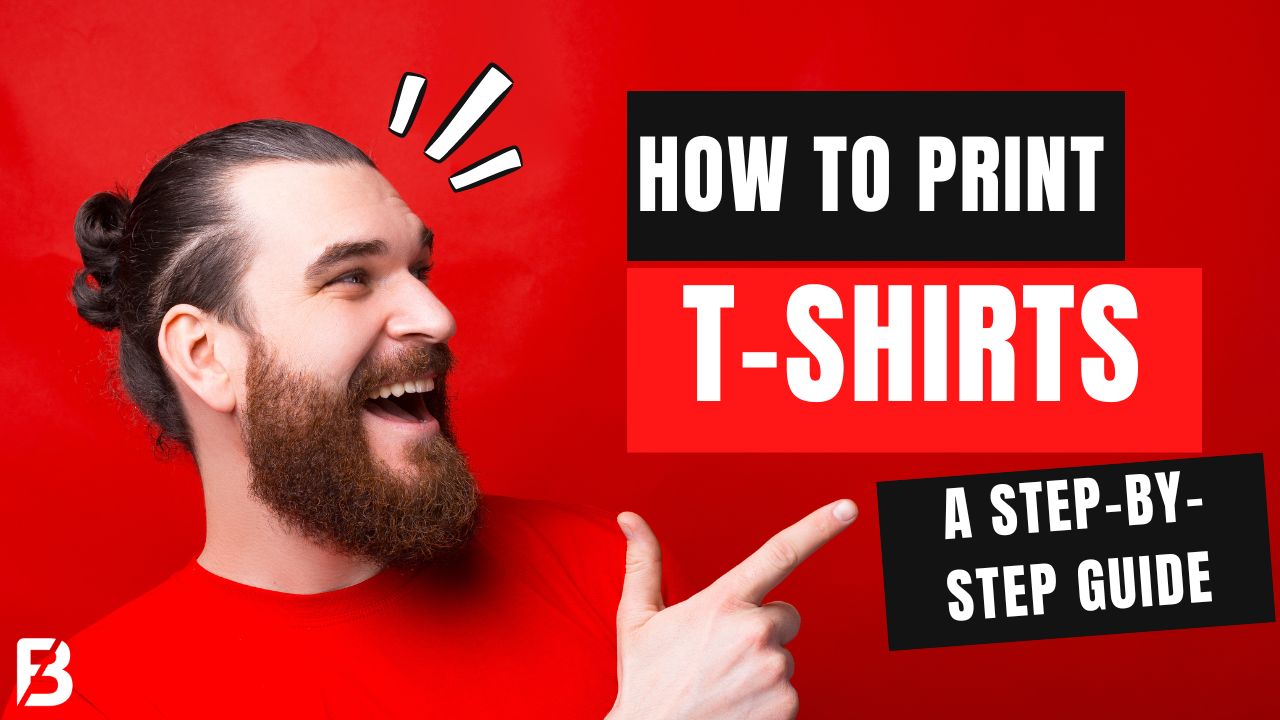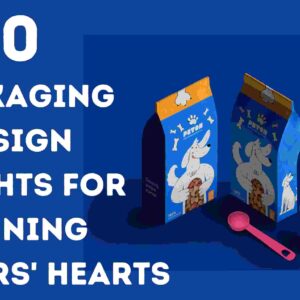When you need to outfit your family members for a social media photo outing or create custom apparel for your new brand, you can print your own custom t-shirt. Sure, you probably own a large collection of comfortable, versatile tees. But, there’s always room for more!
If you want to be original and get something printed in only one color or style, then go for it! If you want something more traditional, however, we recommend choosing from our wide selection of styles and colors.
Our custom t-shirts are made with high-quality materials and offer a variety of sizes and styles so that you can find just what you need for your project. You can choose from regular fit t-shirts (which are fitted but not tight), performance fit t-shirts (which are fitted), or crew neck t-shirts (which have crewnecks).
We also offer long sleeve shirts (which have long sleeves) and short sleeve shirts (which have short sleeves). We even offer children's sizes—perfect for little ones who don't want their shirts getting too hot during playtime!
Whatever your needs may be, we're sure.
This step-by-step t-shirt printing guide will walk you through the process of printing a t-shirt, from determining your quantity and budget to selecting a printing method, to choosing the right fabric. We’re here to help!
Step 1: A design is created.
How can you print a t-shirt without a great design?
The answer is simple: you can’t.
When it comes to designing your t-shirt, there are two things that will make or break your shirt: the design and the material. The design should tell your story and reflect the brand that you represent. The material should be durable and comfortable, as well as be able to withstand washing.
Have you ever wanted to design your own shirt?
If you don't have the time or money to hire a professional designer, we're here to help. Our goal is to make it easy for you to create a shirt that reflects who you are and what your brand stands for.
We'll help you start by asking yourself a few questions: Who are you trying to appeal to? Who does your clothing target? Take your time creating a design that reflects your brand identity, whether it features an illustration, a logo, a slogan, or something else entirely original.
The most important thing to remember when designing your t-shirt is that your design needs to work with whatever color you choose. If you want to print on a black t-shirt, then your design needs to use lighter colors and vice versa.
For example, if you choose to print on a blue shirt, then your design needs to be very light in color and have dark tones so that it can show up well on the dark background of the shirt.
You should also make sure that your design works well with other colors in the same shade range. For example, if you choose to print on red shirts, then your design must use other colors with red tones so that it doesn’t look like another color entirely—for example, it shouldn’t be too light or too dark in comparison.
Suggestion: When you work with a professional designer, not only do you get an awesome t-shirt design that will look amazing on the finished printed shirt but the designer is guaranteed to make it look even better than it did in your head.
A professional designer will have a better understanding of what your brand and product are about, as well as how they fit into the larger marketplace. They will have an eye for detail, making sure that every aspect of your design is just right. And they will make sure you are happy with how it looks once it's printed!
Step 2: Know your budget and quantity needs.
To minimize costs, take a closer look at your initial printing order, including the estimated quantity and budget. You may find it helpful to order a large quantity in order to reduce per-item costs. If you plan on selling the shirts, bulk ordering is an affordable strategy.
Once you have your estimated quantities and budgets, order from reputable vendors that offer cost-effective shipping options. You should also make sure to set up a payment plan with your vendor to ensure that they are able to deliver on time without incurring late fees or penalties.
Once you have your products ordered and paid for, it’s time to get started! You can do this by identifying what kind of shirt design you want (such as a logo), picking out colors that work well together, and then using those colors throughout all of your design elements (text and images). Once this is complete, it’s time to get your first shirt printed!
When ordering merchandise, it is important to provide the size range needed. If you are printing shirts, note which sizes are most popular and keep an inclusive range in mind. Depending on your manufacturer, certain sizes can be more expensive than others.
What is the cost of t-shirt printing?
T-shirt printing is an affordable way to print t-shirts for less than $5 per shirt. The cost of printing a single t-shirt usually ranges from $15 to $30, but the cost of printing in bulk can bring that number down to as low as $5-$10 per shirt.
Prices vary depending on the quality of your plain t-shirts, the technique you're using, and how many shirts you're ordering. You can get big discounts on bulk orders.
Something else that may influence your decision is whether or not you will be using an inkjet or laser printer. Inkjet printers use dye sublimation printing techniques that require special equipment, which can add about $50-$100 onto the cost of each order of printed t-shirts if it’s done by hand rather than by machine; laser printers use heat-transfer printing techniques that require no special equipment at all and result in much less wasted material
Step 3: Choose a printing method that best meets your needs.
When it comes to printing a T-shirt, costs, appearance, and production time all have an effect on the method of printing. Let’s look at these three common methods:
Screen Printing
Screen printing is a printmaking process that uses a mesh screen to transfer an image onto fabric or other surfaces. The screen is typically made of metal, plastic, or nylon and may be either round or rectangular.
Screen printing is often used to print large quantities of product logos on clothing, promotional items, and other materials. The process is used for making clothing and other products because it can produce sharp, clean images with high resolution that are resistant to wear and tear.
The image is applied to the mesh with a roller that presses ink through tiny holes in the mesh. Each color is printed one at a time on top of the previous color, creating a stripe effect as each color dries before moving on to the next color.
Vinyl graphics
Transfer printing is the process of printing on a shirt using a special vinyl material that can be applied to your T-shirt.
The material is cut into the shape of your design and then applied to your T-shirt by hand or machine. Once it's dry, you can wash the shirt with soap and water and wear it proudly!
The process is simple, but it does require some time and patience. You'll want to make sure all of the edges are cut straight and that there are no holes in the vinyl. Also, make sure that the design will fit comfortably on your body; if it doesn't fit well, you may not get much use out of your new t-shirt!
Direct-to-garment
Direct-to-garment printing is a process by which text, graphics, and patterns are applied to clothing using heat and pressure. It's often used for shirts and other apparel items that tend to be a bit more expensive than basic T-shirts. Direct-to-garment printing is also used for other items like hats, socks, and pajamas.
The process begins with an inkjet printer that is attached to a computer. The machine has several features, including one that allows the user to select a font or design they want to use. Then, a template is created using software that can be found on the Internet or downloaded from another company if it doesn't exist. This template contains all the information needed to print an item—namely whether it's printed on the front or back, the size of text or graphics, placement of logos, and so on.
Once the template is created, it's fed into the printer which prints out multiple copies of the pattern based on how many shirts were ordered in advance by customers (who pay extra for this service). The final product comes out looking just like regular shirt fabric without any seams or stitching visible—but it has been imprinted with text or graphics instead!
Step 4: Search for a printer
Once you have chosen your design, budget, and printing method, it is time to find a printer. Local printers and online options abound; therefore, we recommend doing some research on the possibilities.
You can start by finding a local printer by visiting the website of your local printing company. They will have a list of printers that they work with, as well as contact information for each one. You can also search online for printers near you by using sites like Printerpix, which lists printers by location and service options.
Once you have found a printer that meets your needs, you need to decide how much space it will take up in your studio or office space. This is important because it can affect how much money you spend on printing services or if there is enough room for them in your studio if they give rise to other expenses like shipping fees and storage fees.
When you're thinking about choosing a printer to use for your project, it's important to consider how the company will translate your design into an actual print. Only when you get your finished product will you know if the printer was able to meet your needs and translate your design in such a way that makes sense for your brand.
If you decide to go with an online printing company, be sure to read reviews of previous customers and give their customer support a call to see if they're the right fit for your project and printing needs.
When you’re selecting a printer, it’s important to consider your timeline. What will the printing process take? How long will it take to get the printing done, and how long will it take to get the order ready for pick-up?
This can be challenging when you’re ordering online. For example, if you’re under a time crunch and need your order quickly, you should consider having it printed locally and picked up in person. This way you avoid any delays caused by shipping or waiting for delivery.
Step 5: Choose a fabric and shirt style that fits your budget.
T-shirts are a great way to express yourself, whether it's your favorite quote or something you made up entirely. But there's one thing you should know before you print your t-shirt: the fabric you choose will affect how well the ink will show up on your shirt.
If you want your design to last, pick a cotton fabric that isn't treated with any chemicals or heat-activated dyes. Cotton is naturally resistant to fading and discoloration and won't fade over time like other fabrics.
If you want an image that will last longer than years, try using a more durable synthetic fiber like polyester or nylon. These fabrics are often used in sports shirts because they're tougher than cotton, but they still won't fade as easily as cotton does.
Consult your printer to determine which fabrics will work best with your quantity and budget.
This can be done by talking to them about what you want to use and then seeing how it looks in person. If you want something that is more expensive, then you should ask for samples of high-quality material at a lower price point.
If you don't like the way it looks or feels, then find another type of fabric that is similar to what you have in mind. You can also look online or on social media for inspiration.
The right type of t-shirt depends on your audience and the intended goals you have in mind. If you're targeting a specific type of audience, the right type of t-shirt will be more likely to appeal to them. For example, if you're advertising a new product or service, it's generally best to go with a short-sleeve crew neck in white, black, or grey. This will give your audience the feeling that they can trust you and that you know what you're doing.
Step 6: Submit your information and files.
When you are ready to print your design, communicate directly with your printer and ask them about file types, color requirements, and size requirements. Before hiring a designer, ask your designer if they are able to accommodate your deadline. Also, relay this information to your designer so that they can provide you with the final files as soon as possible.
T-shirts are a fast-growing market in the apparel industry. The size of this market is increasing, especially with the rise of online shopping, which has made it easier for consumers to buy clothes directly from their computers or smartphone.
The right file format for t-shirt printing depends on what you're trying to achieve with your design. If you're printing a design that will be printed on many different garments, you should use a vector format like SVG, AI, PDF, or EPS (scalable vector graphics). If you want a design that can only be printed on one garment at a time, then you should use a raster file format like JPG or PNG.
In order to get the most out of your printer, you'll need to be able to specify the exact color code for each color. This is especially useful if you want your prints to be customized with custom colors that aren't part of their standard palette.
For example, if you're printing in Pantone or CMYK, you'll want to make sure that your printer knows exactly what those colors look like. If not, your printer will just print with whatever it thinks are close matches and may not end up being what you were hoping for when ordering.
Step 7: Check your proof carefully.
If you're placing a bulk order, make sure the printer sends you digital proof before printing the shirts. This can be an electronic version of the shirt or a test print of the shirt itself. This is your last chance to make any changes before getting the shirts printed; check it over carefully, and make sure everything looks just as you want it to look. Review all details, including language, numbers, colors, and alignment.
When you are reviewing someone's work, it is advisable to show the proof to an impartial third party who can provide a fresh perspective on any potential errors.
Step 8: Order your t-shirts!
Once your shirts are printed, it's time to pick them up. Check everything over and make sure that you're satisfied with the end product. Thank your printer for their hard work and tell them how much you love the finished product. If possible, leave a review about your experience. Now enjoy your amazing new shirts!
You’re ready to tee off on perfect t-shirt printing.
You've got the clothes, you've got the shoes, now get the shirt.
If you want to be in the know about what's going on in your favorite fashion world, then you need a shirt that says it all. A shirt that says "I'm in the know." A shirt that says "I'm down with the latest trends and I can't wait to tell you all about them."
We're here to help you make sure that when you wear your new statement-making tee (and we mean it—you'll be telling people how awesome it is), every single person knows just how cool it is. Here's how:
Identify your goals. What do you want to say about yourself? Do you want to show off your style? Do your friends talk about how much fun they had at a concert last week? Maybe you just want people to think you're cool for being able to afford this shirt. Whatever it is, identify your goals and think about how these will be expressed through the design of your tee.
Printing methods matter! Choose from print methods like screen printing or embroidery, or pick up a custom-designed one of our own! The choice is yours!





